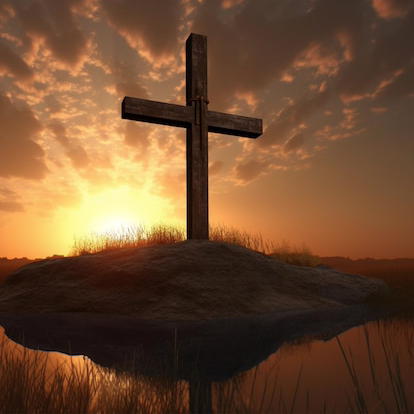R
Rick W
Guest
- Thread starter
- #41
wavy said:The discrepancies exist because there are two creation accounts in Genesis falling within two literary strata: the Priestly literary stratum (Gen i.1-ii.3) and the Jahwist literary stratum (Gen ii.4 & onwards).
There's another way to look at all this. Whether I believe it or not I'm not sure but I'll throw it out on the table and everyone can have a look at it.
There indeed are two creation accounts but they are not "one following the other".
Day one - creation of the heavens and earth, light and darkness (day and Night) and evening and morning
Day two - creation of the sky
Day three - creation of ground(earth) and water(sea), and all vegetation
Day four - creation of seasons, day, month, year. creation of the Sun and Moon
Day five - creation of all the creatures
Day six - creation of man and woman
1) Day one - creation of the heavens and earth, light and darkness (day and Night) and evening and morning
2) Day four - creation of seasons, day, month, year. creation of the Sun and Moon
3) Day two - creation of the sky
4) Day five - creation of fowl and fish
5) Day three - creation of ground(earth) and water(sea), and all vegetation
6) Day six - creation of beasts, man and woman
Notice how one compliments the other although there are two accounts. Yet there are 6 days of creation. One set is not chronologically following the other but rather in conjunction.
OK, there it is.
Have at it









 :
: